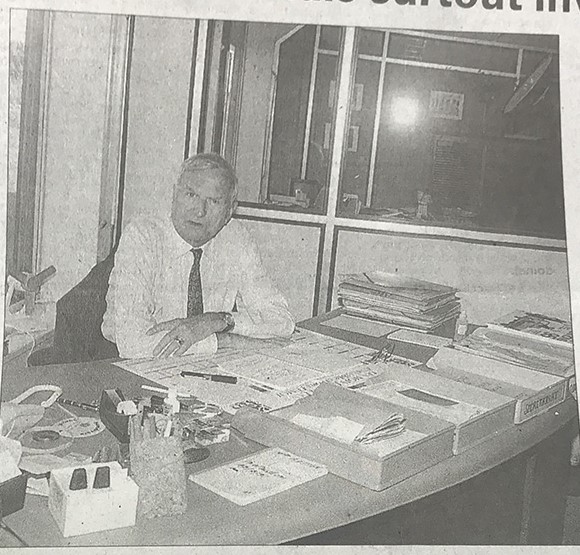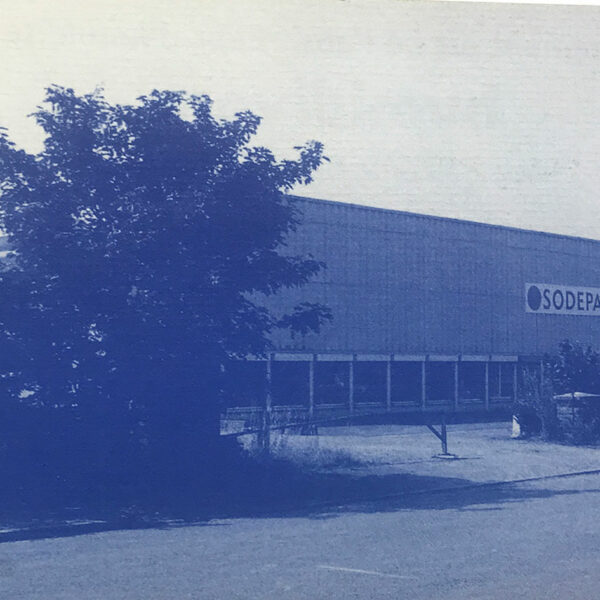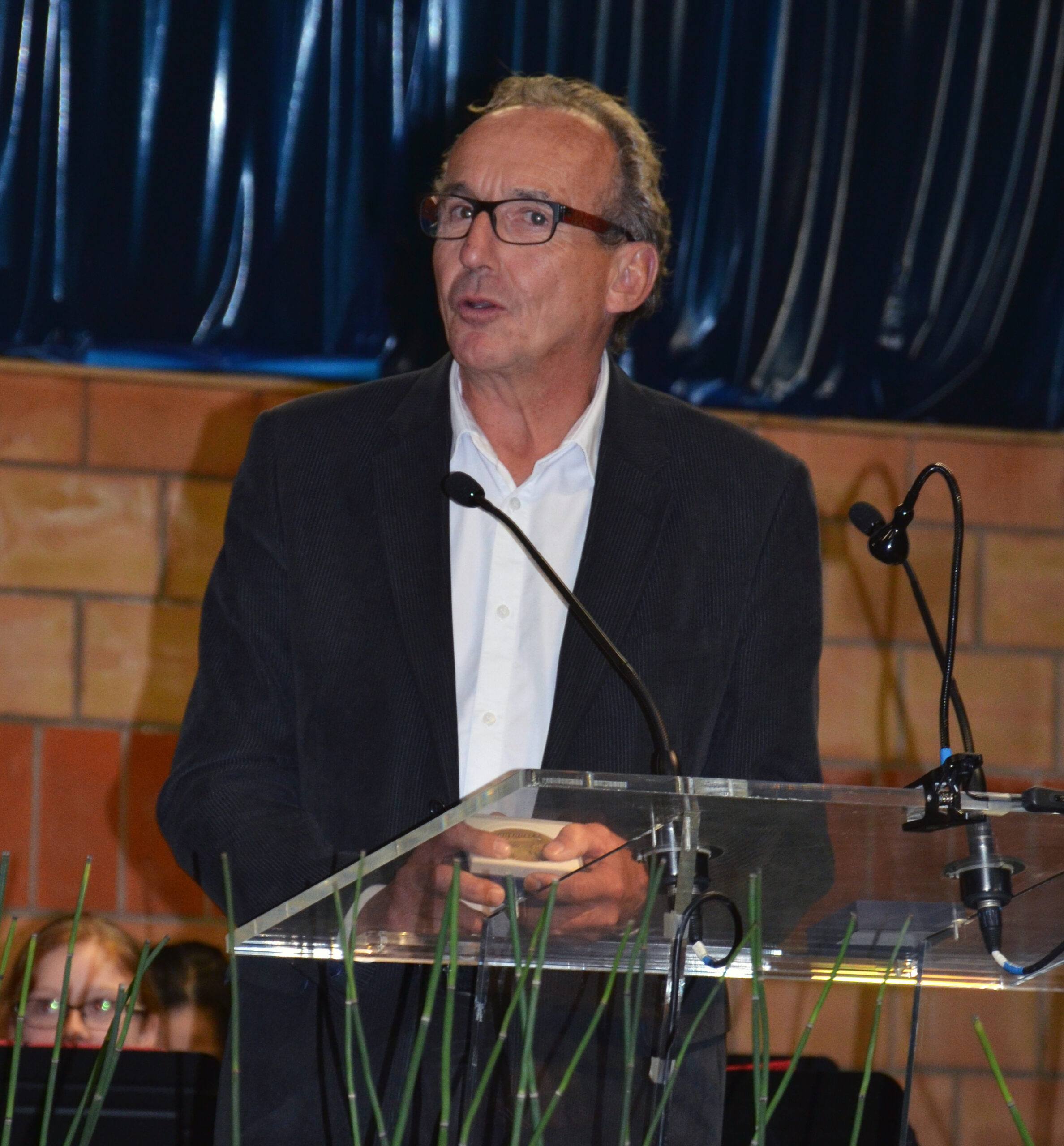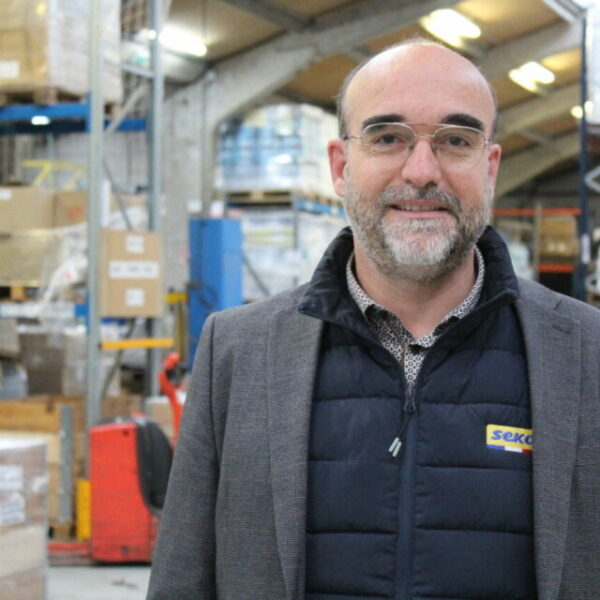
Sodepac is proud of its history, a family history rooted in its local territory.

1965
It all started at the sugar refinery…
In 1965, Jean Vasseur, then director of the Iwuy sugar refinery (Nord), was looking for a solution to safeguard the sugar stored in his warehouses.
1973
He developed a process for absorbing humidity using calcium chloride and filed the first humidity absorption patent in 1973.
1978
When the sugar refinery closed in 1978 Jean Vasseur founded Sodepac at the age of 54 years. The first productions were made in his garage in Wavrin, helped by his wife Sabine and some young recruits who would remain employees of the company until they retired. The company then moved to Englos on the Etablissements Marin site.
1983
The first customers bought the products through mail order, and from 1983, products manufactured by Sodepac were available in major retail chains.
1992
The patents for the protection of goods travelling in maritime containers for the B2B market were filed in 1992 and 1995 respectively.


1995
1995 was also the year when Sodepac moved into its current premises at Hallennes-lez-Haubourdin.
1996
Jean Vasseur died in 1996. Although the company was experiencing some problems the family decided to keep it. Two of Jean’s children, Marie-Elisabeth and Gérard, took over the reins and Sodepac was quickly restored to its former glory.
2003
The solid foundations were there and, with the departure of Marie-Elisabeth in 2003, Gérard extended Sodepac’s international scope by ramping up its presence in Europe, Asia and Africa.
In France, Sodepac gradually became the manufacturer for most of the distributor brands of the major French food and DIY chains. As a result, it was able to establish itself in the top tier across Europe.
2017
Since 2017, Etienne Vasseur, son of Gérard, has been at the head of the SME. While maintaining a focus on sustainable development, inclusion and employee well-being, the company has managed to preserve its family spirit.
After a few years that were difficult because of the lockdowns, the war in Ukraine and the high inflation, the factory was modernised as part of a plan to maintain manufacturing in France while continuing to develop in new markets in France and internationally.

